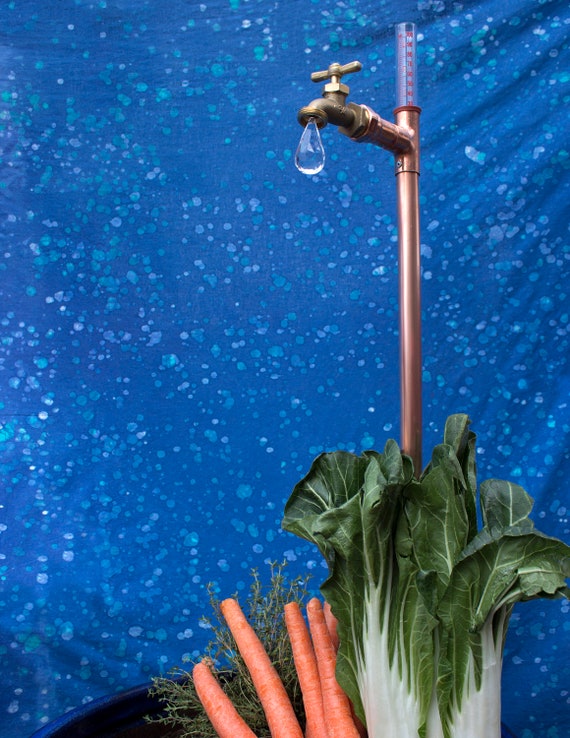The Rain Gauge: A Comprehensive Overview to Accurate Weather Measurement
The Rain Gauge: A Comprehensive Overview to Accurate Weather Measurement
Blog Article
Do It Yourself Rain Scale: Easy Actions to Make Your Own
Developing your very own DIY rain gauge is a basic and reliable method to determine and videotape precipitation. With just a few typical products and some standard actions, you can conveniently construct your very own rainfall scale at home. Allow's obtain started on making your DIY rainfall gauge today!
Gather Materials
To begin constructing your DIY rain gauge, gather all the needed products utilizing a thorough list of items. Having the right materials on hand will guarantee the successful creation of your rainfall scale and permit for exact dimensions of rains. You will certainly require a clear plastic container or cylinder, such as a plastic bottle or jar. See to it the container is clear to ensure that you can quickly see the water level inside. Next, you will certainly need a ruler or measuring tape to mark the increments on the container. This will allow you to determine the amount of rainfall properly. Furthermore, you will need an irreversible marker or waterproof tape to note the dimensions on the container. When revealed to rain, this will make certain that the markings stay visible also. Lastly, you will require a durable base or stake to firmly hold your rain scale in position. This can be a wood or metal stake that can be placed into the ground or a tough flat surface area to offer security. Gathering these products in advance will enhance the construction procedure and guarantee that you have every little thing you require to develop your very own DIY rainfall gauge.
Prepare the Container

Mark the Dimension Increments
To properly determine the amount of rains, precisely marking the dimension increments on your DIY rain scale is essential. Without clear and specific markings, it would be hard to figure out the precise quantity of rainfall collected in your rainfall gauge. Below are the actions to mark the measurement increments on your rain scale.
First, determine on the system of dimension that you intend to make use of. The most usual systems for measuring rainfall are inches and millimeters. As soon as you have selected the unit, utilize a permanent pen or waterproof paint to mark the increments on the side of your rainfall gauge. For inches, you can note every quarter inch or every fifty percent inch, depending on your choice. For millimeters, you can note every 10 millimeters or every 20 millimeters.
When marking the increments, it is essential to ensure that they are uniformly spaced and plainly noticeable. Use a ruler or determining tape to make certain accuracy and consistency. Furthermore, make certain that the markings are resistant to fading or rubbing off, as exposure to the aspects might create them to deteriorate gradually.
Area the Rainfall Scale Outdoors
The rain gauge ought to be put outdoors to precisely accumulate rains information. The location chosen for the rain gauge ought to be cost-free and open from any kind of blockages that can potentially affect the measurement of rainfall. It is vital to find a place that is not blocked by trees, structures, review or various other frameworks that can obstruct the rainfall from getting to the scale. This will certainly make certain that the accumulated information is representative of the real rains in the location.
Furthermore, it is vital to place the rain gauge on a stable surface area, such as a degree ground or a durable article. This will avoid any activity or tilting of the scale, which could lead to imprecise dimensions. It is likewise recommended to avoid positioning the gauge near any resources of synthetic water, such as sprinklers or water drainage systems, as this might interfere with the precision of the measurements.
Display and Record Rainfall Information
Regular surveillance and recording of rainfall information is necessary for accurate information analysis and interpretation. By read more keeping an eye on rainfall dimensions, you can gain beneficial understandings into weather condition patterns, climate patterns, and water resource administration. To effectively check and tape rains data, it is necessary to establish a regular and maintain constant techniques.
First of all, make certain that your rain scale is positioned in an open area far from obstacles such as trees or structures that might obstruct rainfall. In addition, make certain the rainfall scale is level and safely secured to avoid any kind of movement that might influence the accuracy of the measurements.

When taping the rains data, it is necessary to keep in mind the day and time of each dimension. Make use of a leader or a measuring stick to identify the rainfall depth in the rain gauge, and record this info precisely.
To make sure the precision of the measurements, it is recommended to empty the rainfall scale after each recording. This will certainly stop any type of overflow or evaporation from affecting succeeding dimensions.
Verdict
In final thought, creating a DIY rainfall scale is a easy and practical way to check and tape rainfall information (The Rain Gauge). By following the actions described in this article, you can conveniently gather products, prepare the container, mark the dimension increments, and place the rainfall gauge outdoors. Regularly monitoring and videotaping rainfall information can offer beneficial info for numerous purposes
Having the appropriate materials on hand will certainly ensure the effective creation of your rain scale and allow for precise dimensions of rainfall.To properly measure the amount of rains, accurately marking the dimension increments on your DIY rain scale is essential.The rain scale should be put outdoors to properly collect rainfall information. The area chosen for the rain scale should be open and totally free from any obstructions that might possibly influence the measurement of rainfall.In final thought, developing a DIY rainfall gauge is a sensible and simple method to keep an eye on and videotape rains data.
Report this page